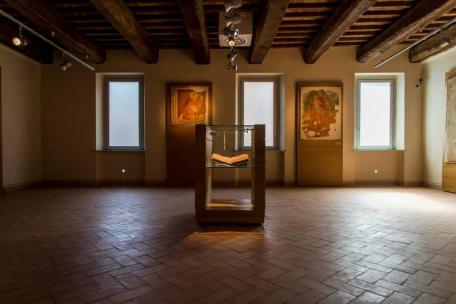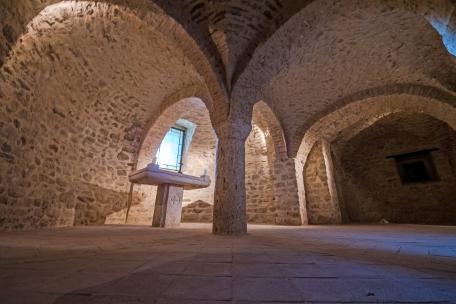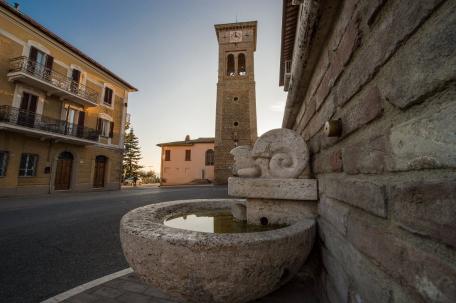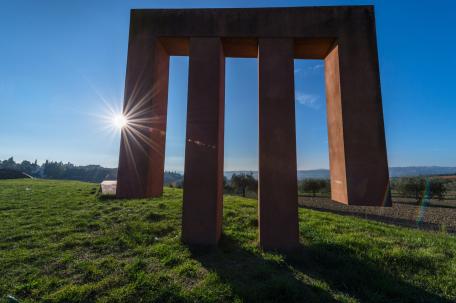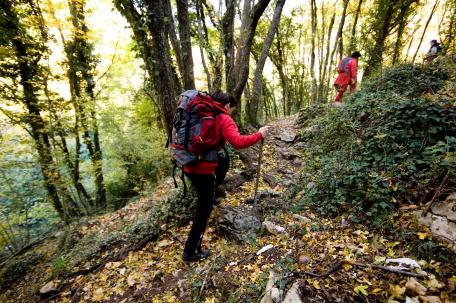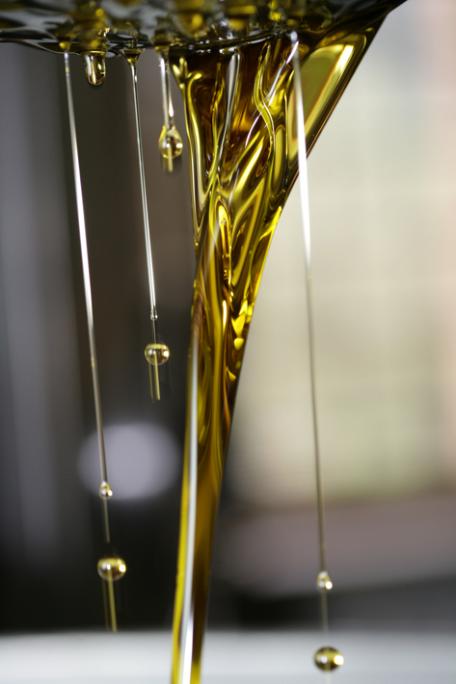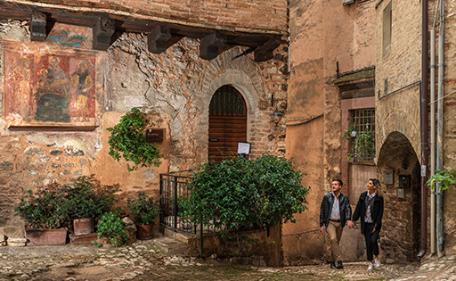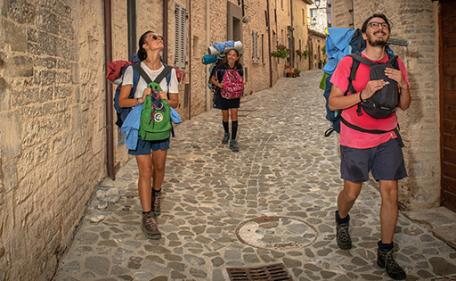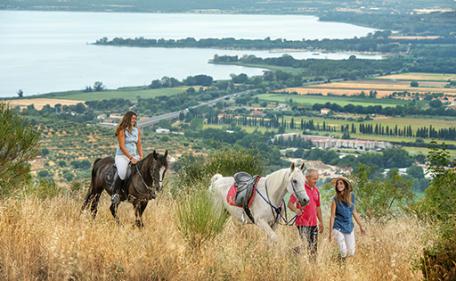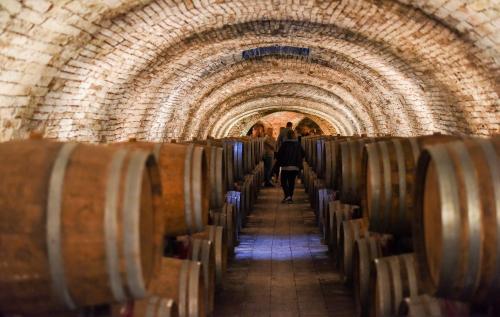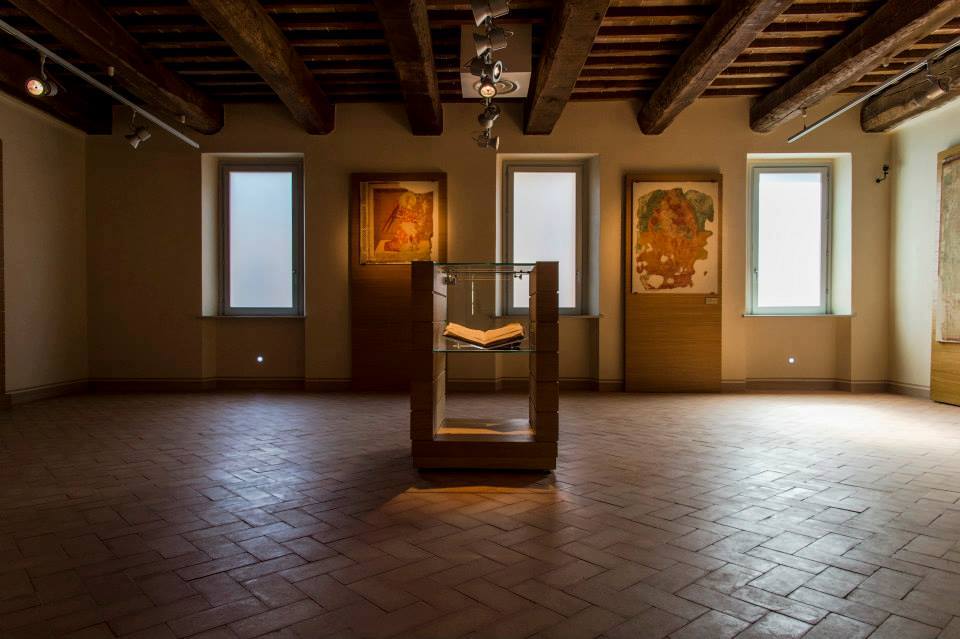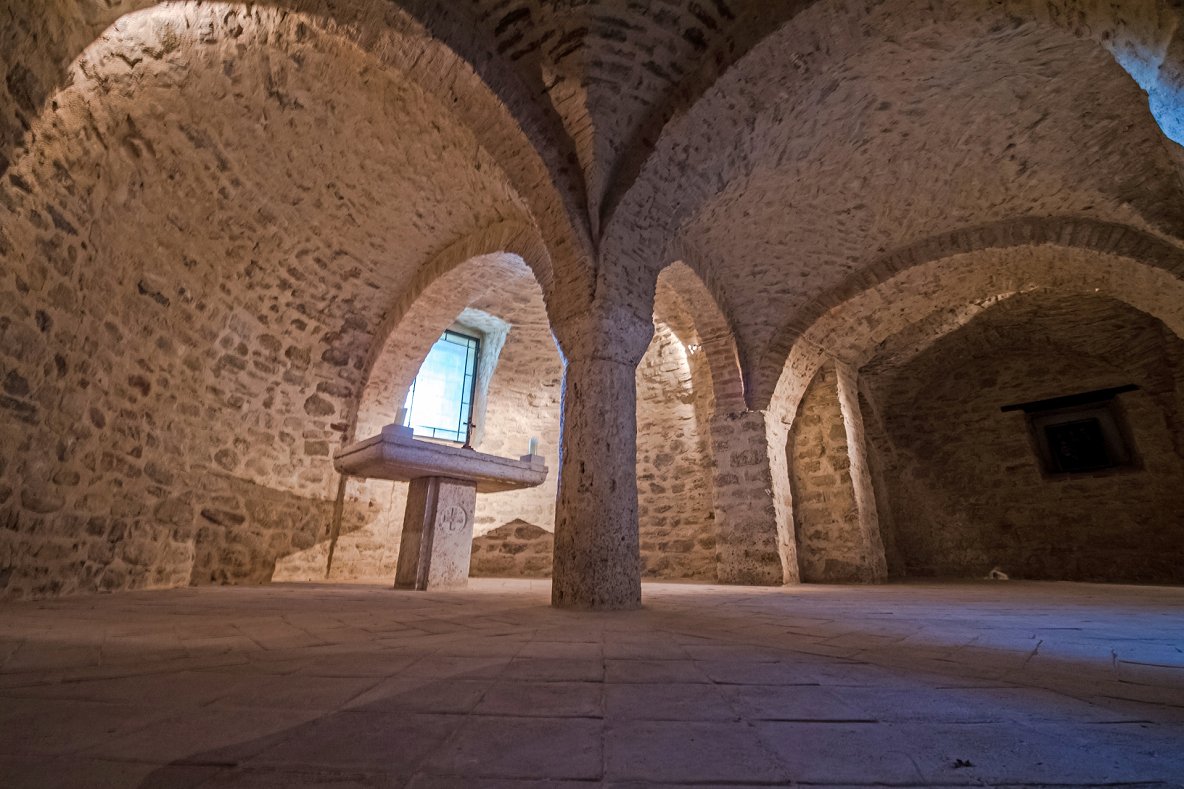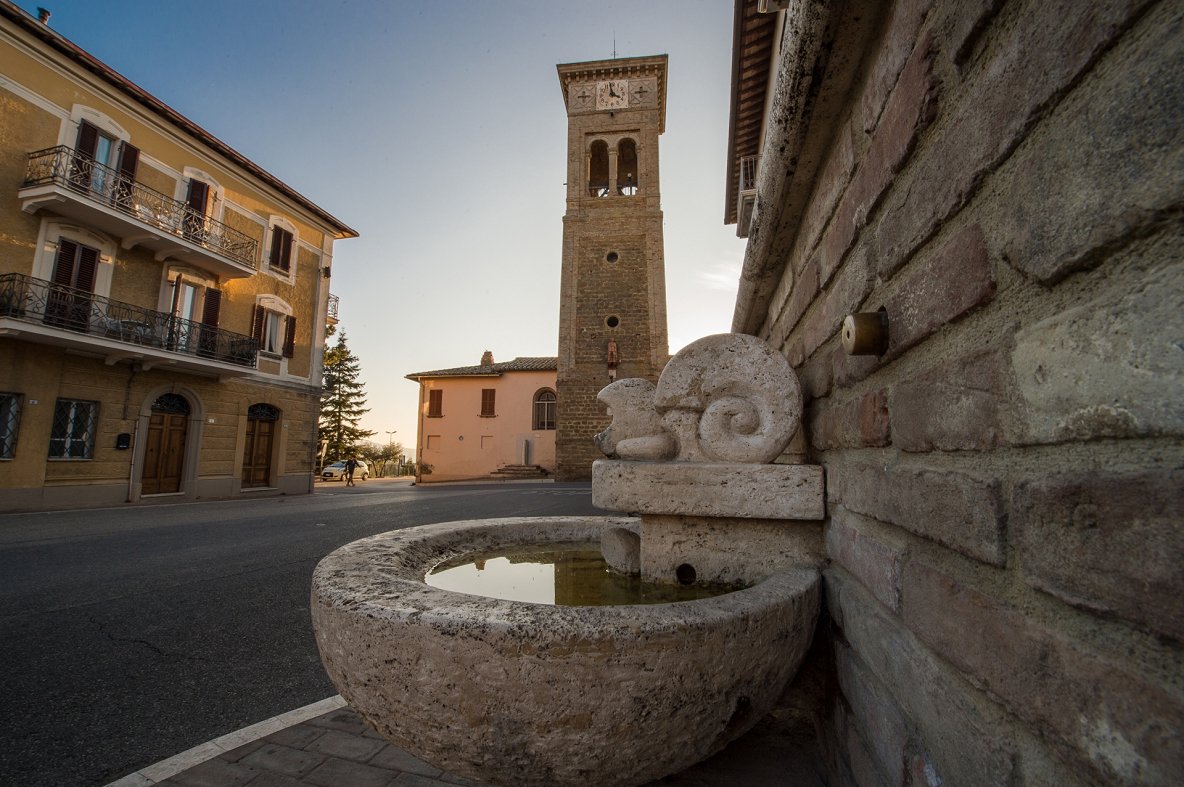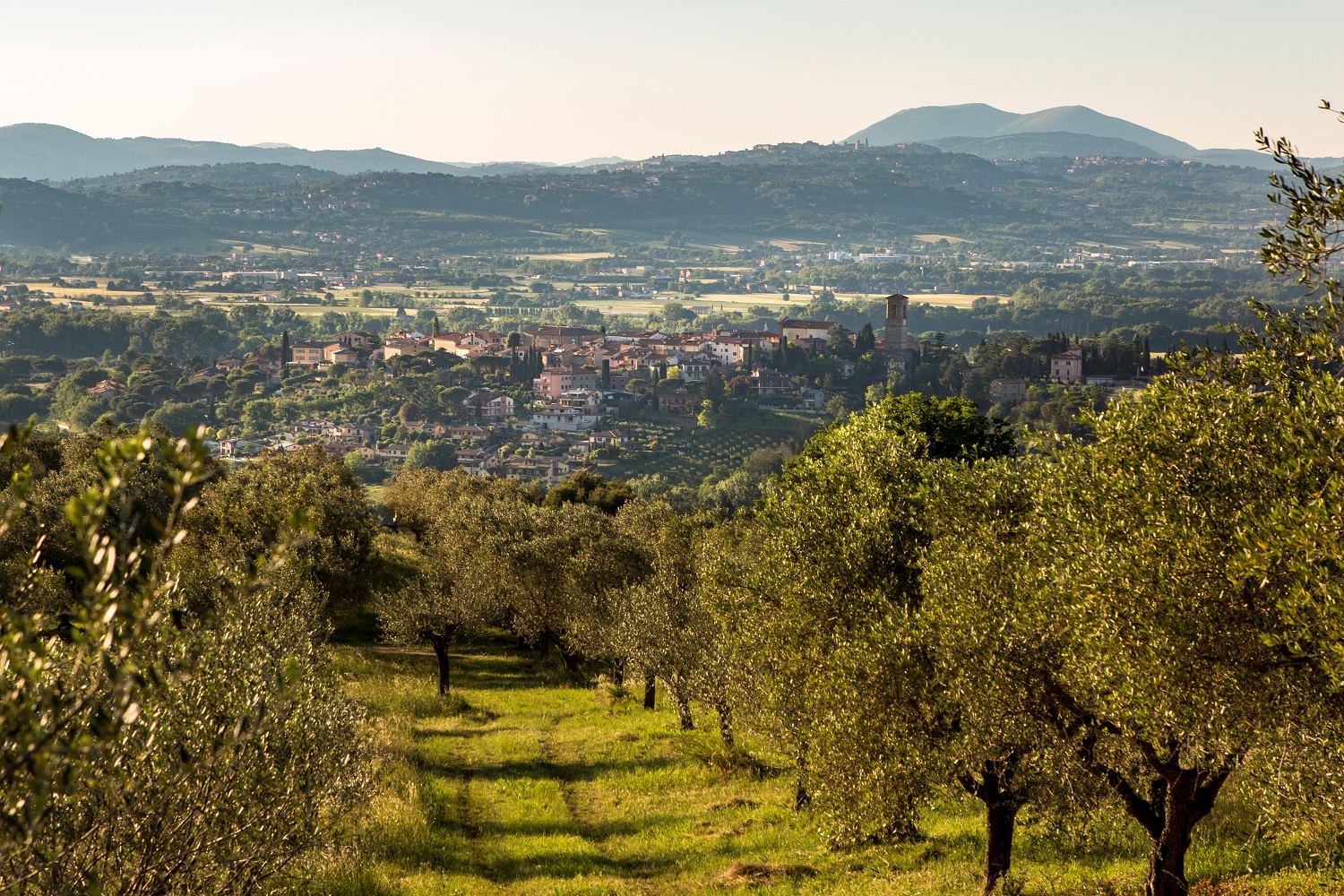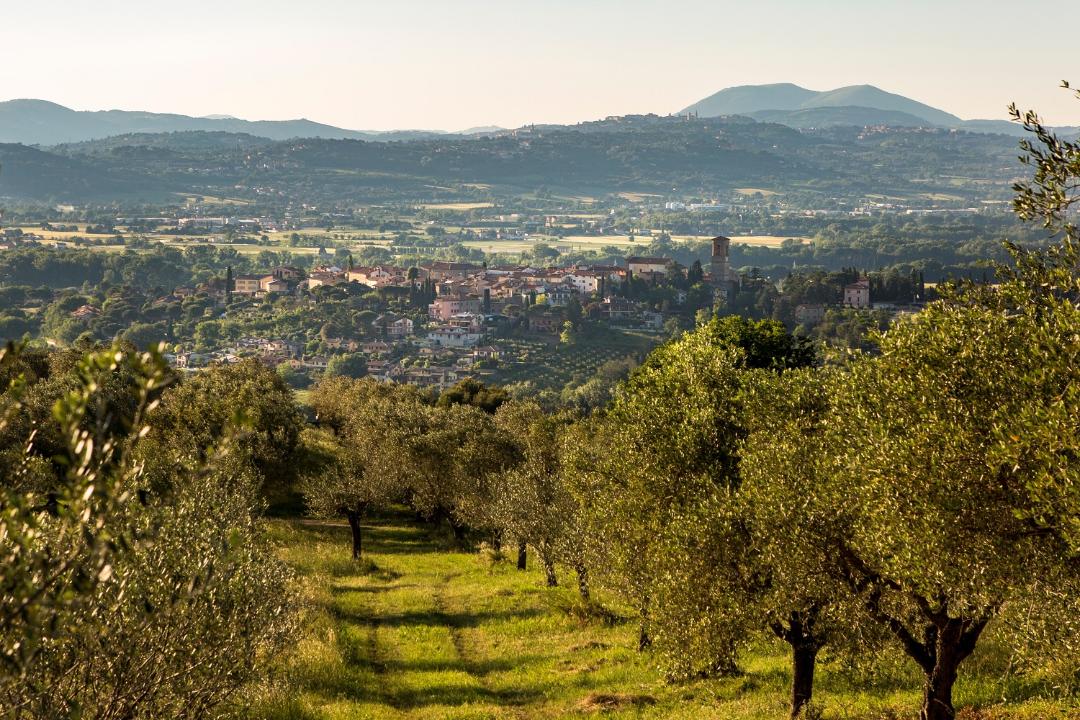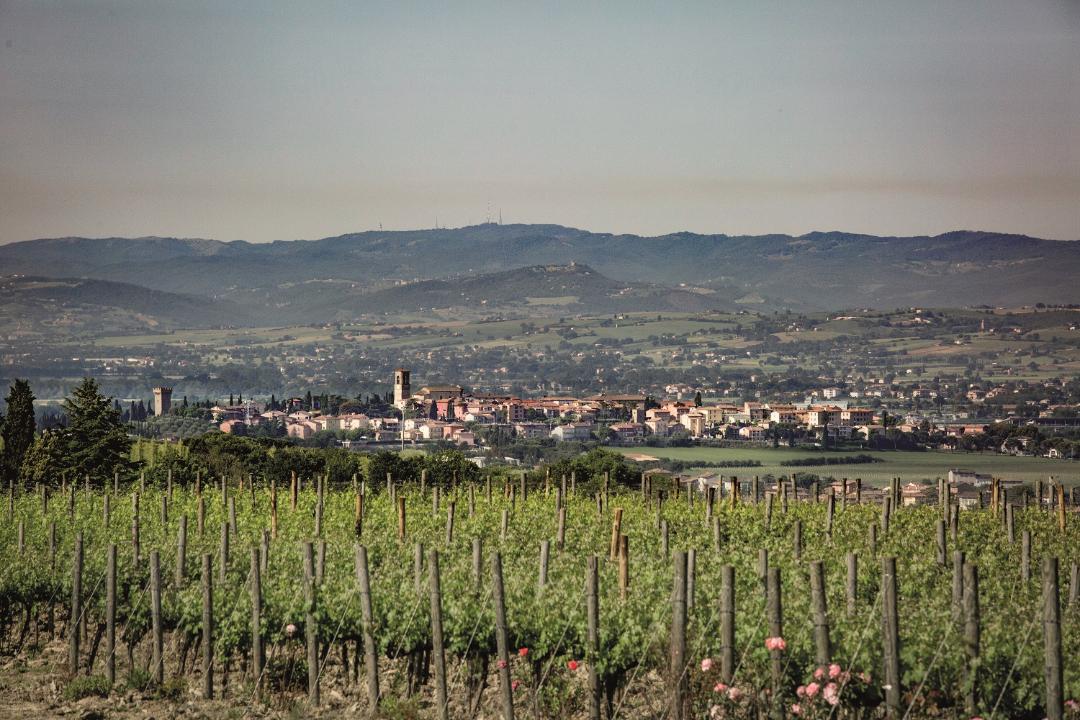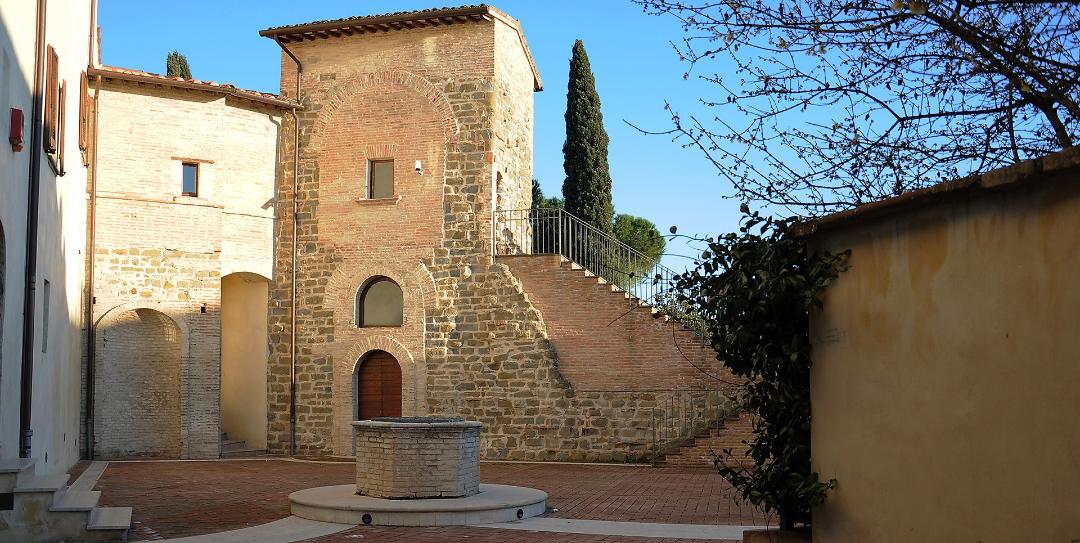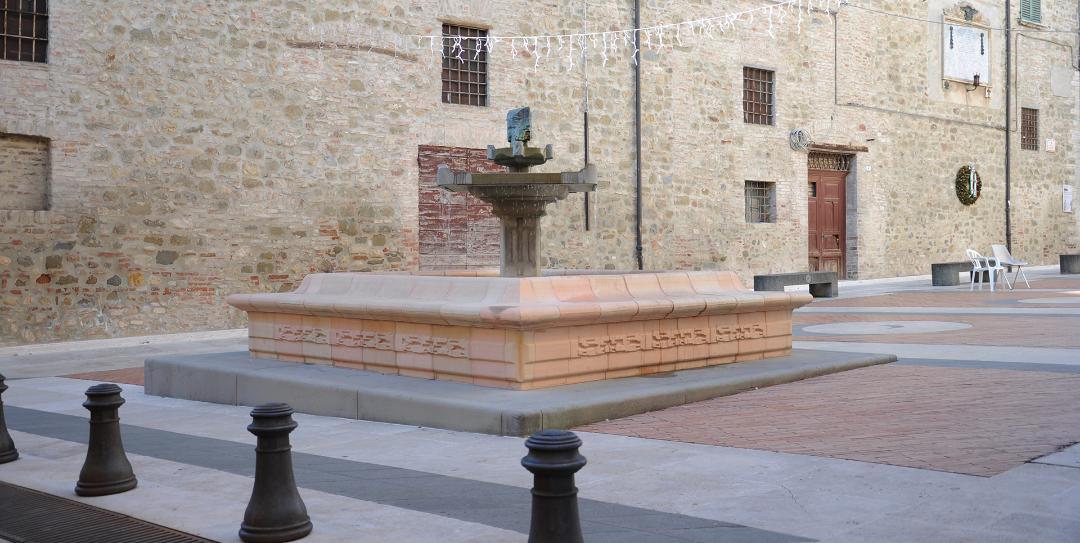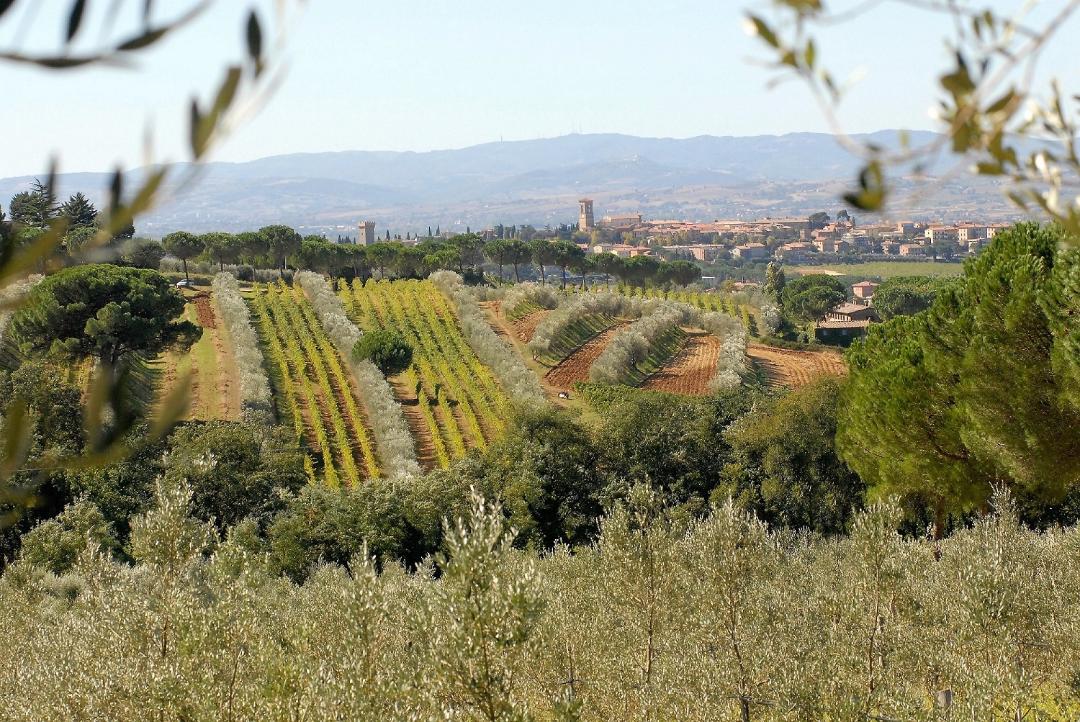Located in the heart of Umbria, Torgiano is an old fortified medieval village that developed where the Chiascio River meets the Tiber, amid sinuous hills carpeted with vineyards and olive groves.
An internationally famous wine-producing area, in 1968 the wine of Torgiano became one of the first in Italy to obtain the DOC (controlled designation of origin) seal. Framed by an enchanting landscape, steeped in history, art, culture and nature, Torgiano has been able to blend its deep-rooted history with modern hospitality.
HISTORY
The Torgiano area was settled in Roman times, as is proved by archeological discoveries (remains of a villa, epigraphs). Later it was occupied by the Goths and the Lombards. In the 13th century the castle was built, and Torgiano came under the dominion of Perugia, and shared the same fortunes.
Following the defeat of Perugia in the "Salt War" (1540), Torgiano became a territory of the Papal States, and except for the period of French occupation (1798), it remained under papal rule until 1860, when it joined the Kingdom of Italy.
ART, CULTURE, ENVIRONMENT
Sights in the historic centre include the Baglioni Tower, a trace of the old fortified walls surrounding the town, and two fountains by the artist Nino Caruso: the Fonte di Giano and the Fonte dei Cocciari, or "Potter's Fountain."
Torgiano has many religious buildings, such as the Church of San Bartolomeo, built in the 18th century over an old medieval parish church, the Church of Santa Maria del Castello, the Church of Santa Maria dell'Ulivello, and the Oratory of the Misericordia. Inside the Church of the Madonna dell'Uliveto are 16th-17th century canvases, and the Oratory of Sant'Antonio has frescoes dating from the 16th century.
Torgiano has two excellent museums, both run by the Fondazione Lungarotti: the Wine Museum, one of the most famous museums in Italy dedicated to wine, conceived and put together by Giorgio and Maria Grazia Lungarotti in 1974, housed in the 17th-century Baroque Palazzo Graziani-Baglioni; and the Olive and Olive Oil Museum, located in a small cluster of medieval buildings inside the castle walls, which has documents, engravings, antique jars for storing oil and other historical items on display.
Nearby, Brufa, a locality known for being a stop on the Wine and Art Route, invites sculptors every year who leave their works in the area, creating an outdoor museum. Worthy of a visit in Miralduolo is the Church of Santa Maria in Bucarelli, a Benedictine legacy from the 14th century with a fresco of the Virgin in Majesty from the same period. Other sights include the Church of the Madonna del Ponte in Ponterosciano and the Church of the Crocifisso and San Lorenzo in Pontenuovo.
